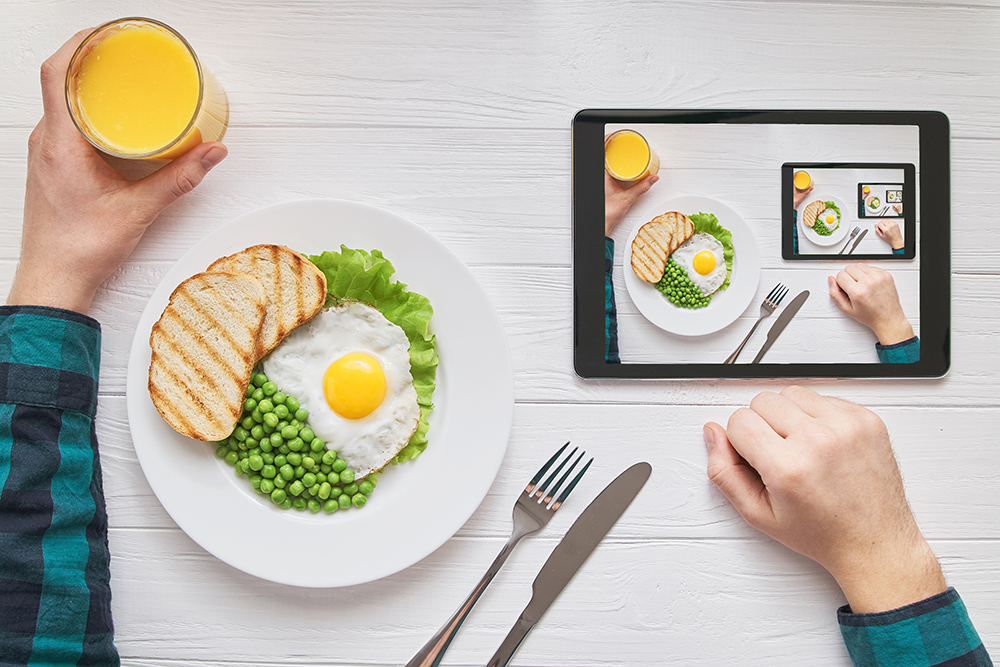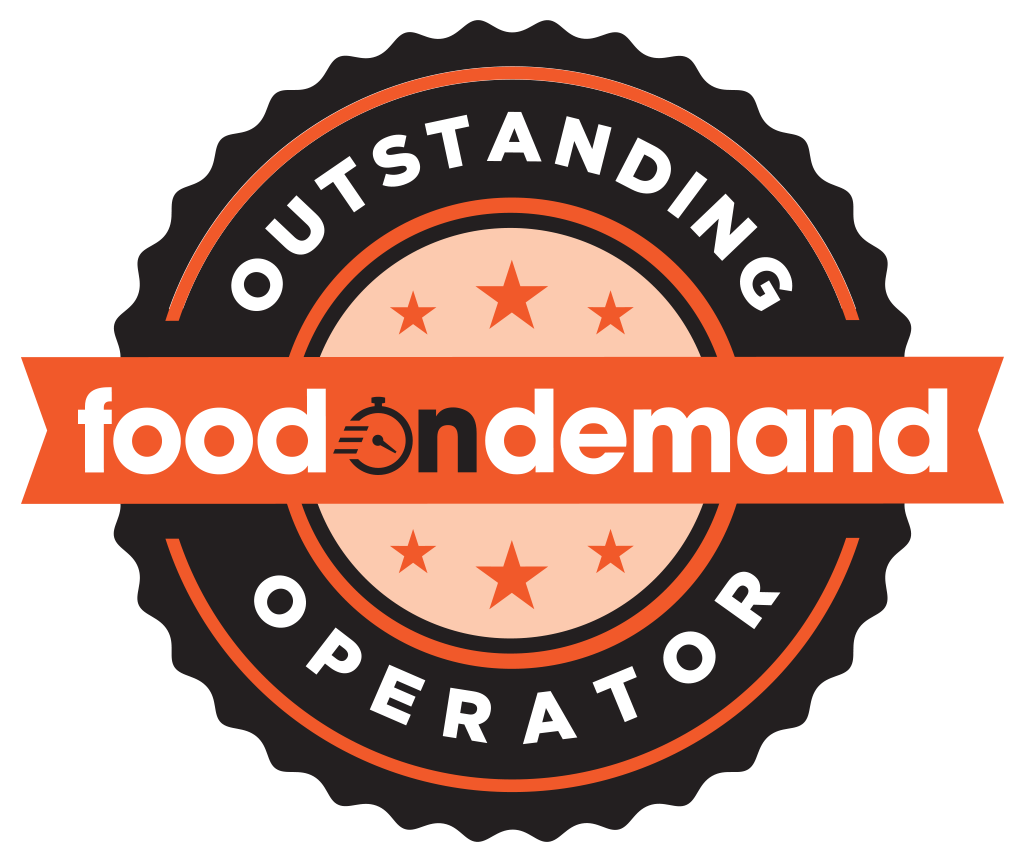By Tom Kaiser
Raw numbers can be hard to come by in such a new industry, especially one dominated by cutthroat competition banking on explosive predictions to keep the venture capital flowing. But research from 1010data on the restaurant and meal delivery categories offers a piping fresh look at who’s up, who’s down and which food-delivery upstarts are retaining customers after the initial trial period.
Starting with restaurant delivery, New York-based 1010data analyzed sales from October through December of 2016 for the 10 top restaurant delivery services. Here’s what the research tells us: Overall, the 10 delivery services saw their sales grow 43% year over year, and were up 18% compared with the third quarter of 2016.
In terms of market share, Seamless by far leads the pack with more than a quarter of the market; GrubHub came in second. Combined, these two players accounted for more than half of all sales in the fourth quarter, which is double the share of their closest competitors, Eat24 and UberEats. DoorDash is the fifth largest provider, closely followed by Postmates. The final four players with a much smaller share are Caviar, Foodler, Delivery.com and Munchery.
While UberEats is still a mid-pack player in this list, it entered the market two years ago and has experienced explosive year-over-year growth as compared to the fourth quarter of 2015. During the year, UberEats had 17 times more sales growth than its closest competitor, DoorDash. 1010data attributed the dramatic spike to UberEats launching as a separate app, rather than being a component of the Uber car-hailing app.
Customer frequently was also analyzed, and the finding was that regardless of the third-party delivery service used, customers placed orders at least once a week. Delivery.com and Seamless lead the frequency pack at two-times a week.
“Assuming that the average person eats 21 meals in a week, restaurant delivery is responsible for 5 to 10% of customers’ meals in a given week,” the study found. In an interview with Senior Vice President of Data Insights for Food on Demand at 1010data, Natalie Seidman, stressed that those figures are specific to third-party delivery customers, not the U.S. population as a whole.Because the average American eats out 4.5 times a week, third-party restaurant delivery has captured a quarter of dined out meals—not bad for a bunch of upstarts.
Because the average American eats out 4.5 times a week, third-party restaurant delivery has captured a quarter of dined out meals—not bad for a bunch of upstarts.
Adventurous meal-kitters
As for meal delivery providers, it’s no surprise that Blue Apron, HelloFresh and Plated are the leading brands in an industry that’s seen its sales grow more than 500% since 2014, according to 1010data’s latest look at the category. Blue Apron has 71% of the total market, followed by HelloFresh at 23% and Plated at 6%.
Repeat customers are key to the meal-kit services phenomenon, so perhaps 1010data’s most telling finding is that 77% of customers who tried out such services during the past two years placed two or more orders, and 48% placed five or more. By this measure, Blue Apron is far ahead of the pack, with more than 3-times the sales of its closest competitor from January 2014 to September 2016.
Moving beyond market share to brand loyalty, 89% of Blue Apron’s customers have made repeat purchases from Blue Apron. Those numbers fall slightly for its closest competitors, 73% for HelloFresh and 60% for Plated. The study added that Plated’s customers are the most adventurous, with 8% trying all three services over the last two years.
Customers begin to trail off, according to 1010data, after about two weeks, which is when Blue Apron saw the sharpest decline in returning customers—it was three weeks for HelloFresh.
Blue Apron may be “the cream of the crop” right now, but the surveyors add that new, more diversified players like Purple Carrot and PeachDish are courting vegans and lovers of southern-style comfort food.
In short, for both meal delivery and third-party restaurant delivery services, it’s far too easy to determine final winners and losers as curious customers test the waters in both categories. May the creativity and investor equity continue to flow like wine.


